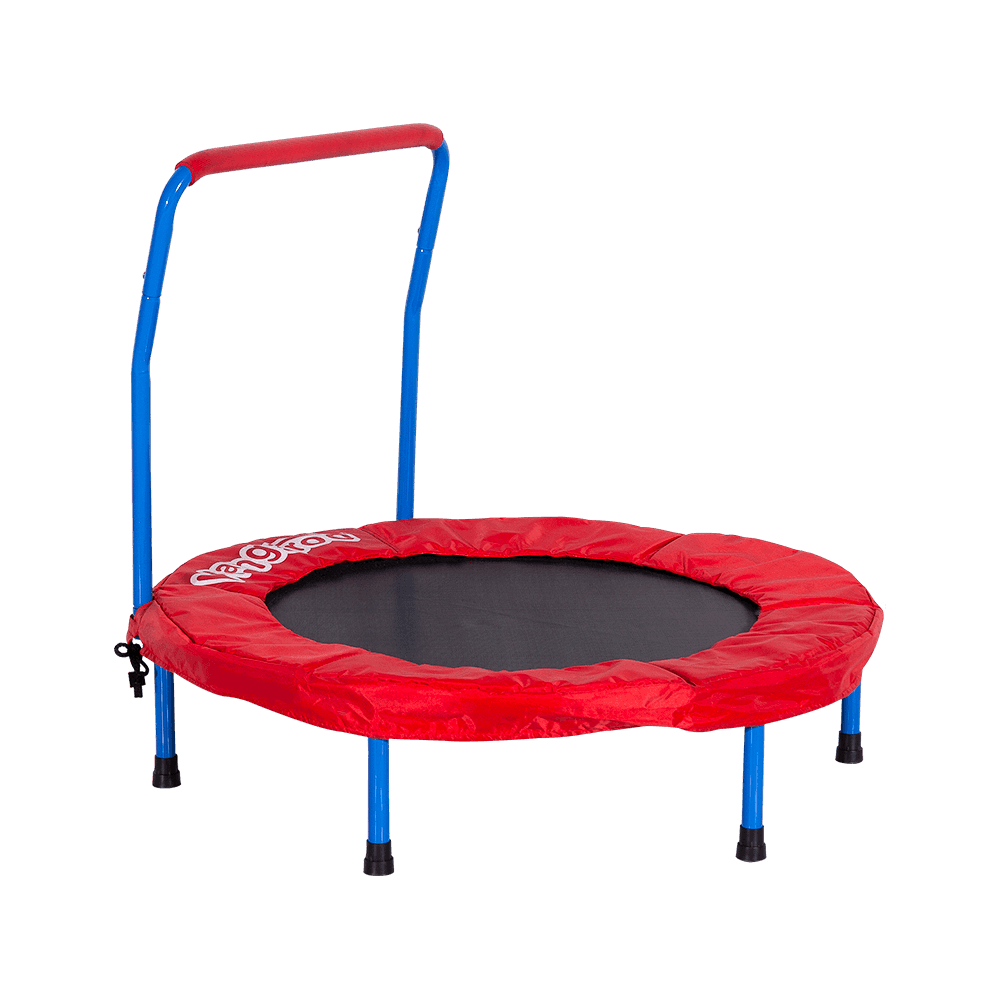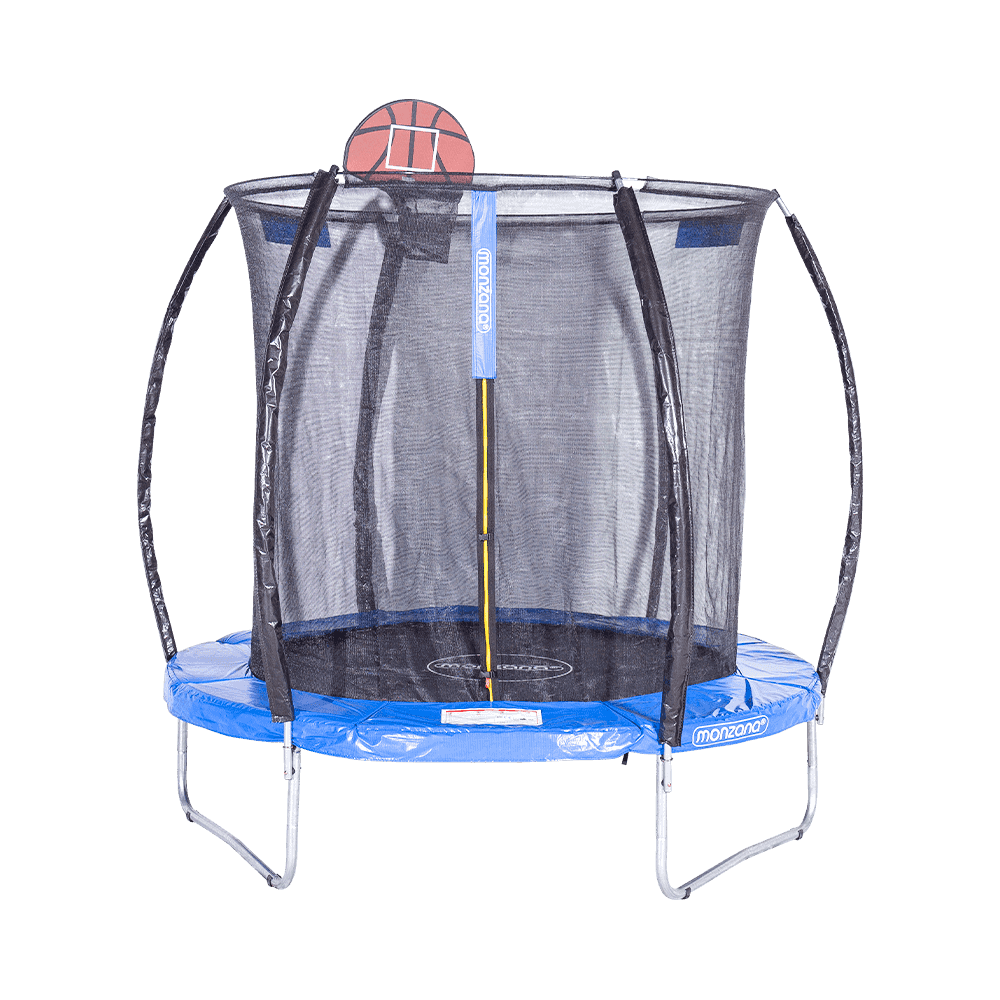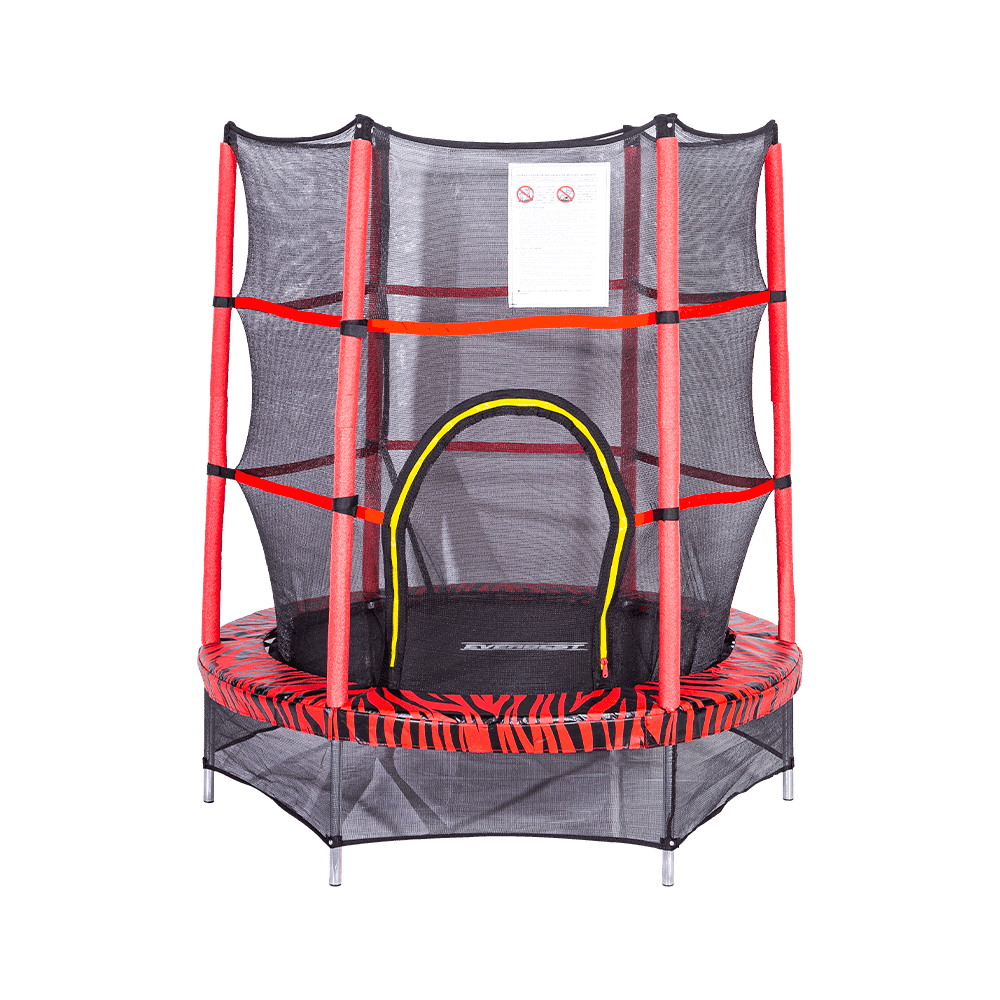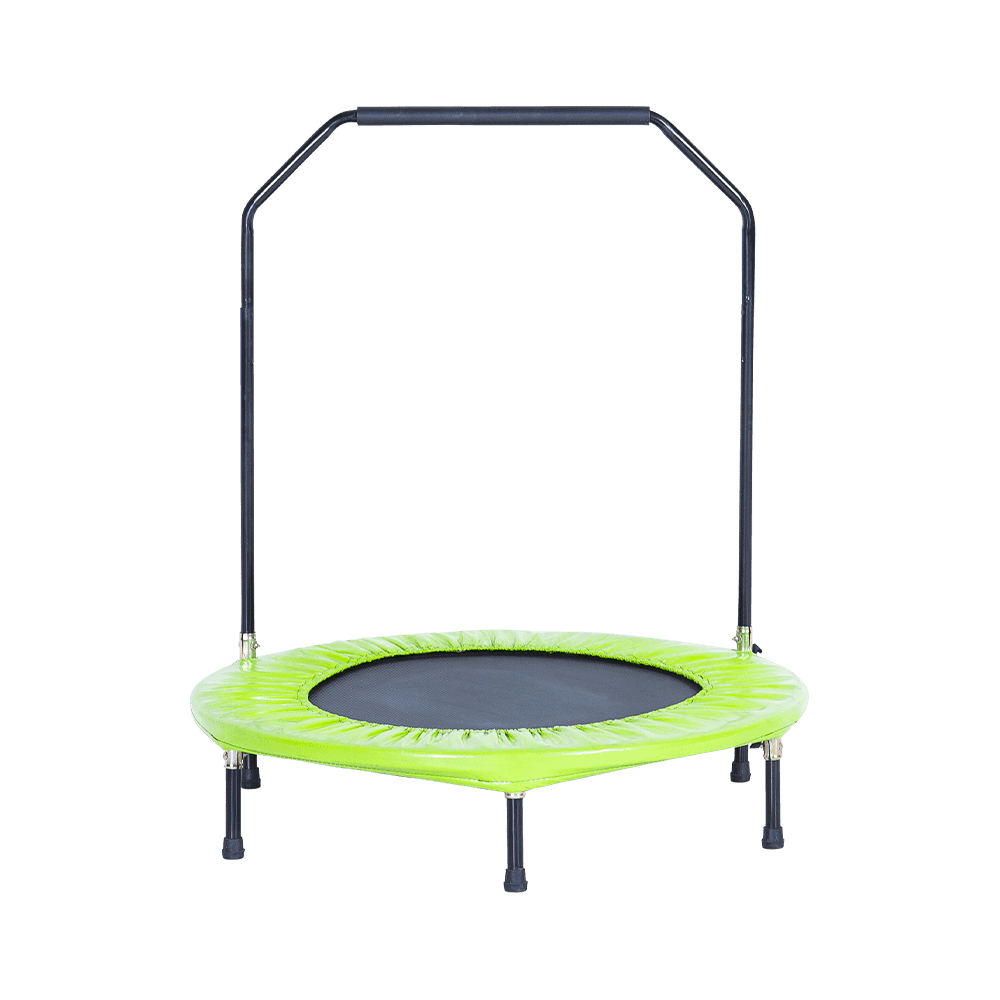Can Mini Trampolines Help with Joint Pain or Arthritis?
Living with joint pain or arthritis can make movement a daily challenge. Activities that used to feel natural—like walking, climbing stairs, or stretching—can become uncomfortable or even painful. Yet, maintaining regular movement remains one of the most important parts of managing these conditions. The dilemma for many people is finding a form of exercise that is gentle enough not to aggravate joint pain, but still effective at improving strength, balance, and circulation.
In recent years, mini trampolines—often called rebounders—have gained popularity as a low-impact form of exercise. Advocates say rebounding can enhance joint mobility, strengthen muscles, and even relieve stiffness. But can bouncing on a small trampoline really help people with joint pain or arthritis? Let’s explore what the research, health experts, and practical experience say.
Understanding Joint Pain and Arthritis
Joint pain can have many causes, including injuries, overuse, or chronic diseases like osteoarthritis and rheumatoid arthritis. Osteoarthritis (OA), the most common type, involves the gradual breakdown of cartilage that cushions the joints. Rheumatoid arthritis (RA), on the other hand, is an autoimmune condition that causes inflammation in the joint lining. Both can lead to pain, stiffness, and reduced range of motion.
Exercise, when done correctly, is widely recommended to help manage arthritis and joint pain. It strengthens the muscles that support joints, helps control body weight, improves flexibility, and enhances overall function. However, the key is choosing the right type of movement—one that minimizes stress on the joints while promoting circulation and flexibility.
What Is Rebounding?
Rebounding refers to the act of gently bouncing on a mini trampoline. Unlike large outdoor trampolines, mini rebounders are typically about three feet in diameter and designed for controlled, low-impact exercise rather than aerial tricks.
When you bounce on a rebounder, you experience alternating phases of gravity and weightlessness. As your body rises and falls with each bounce, your muscles, joints, and connective tissues engage in a rhythmic motion. This motion is believed to enhance lymphatic flow, improve balance, and provide a cardiovascular workout—all while keeping impact forces remarkably low.
According to NASA research conducted in the 1980s, rebounding can provide cardiovascular benefits comparable to running, but with significantly less impact stress on the joints. That makes it appealing for individuals seeking gentle yet effective exercise routines.
The Low-Impact Advantage
For people with arthritis or chronic joint pain, the term low impact is crucial. Traditional exercises like jogging, jumping rope, or even walking on hard surfaces can strain sensitive joints, especially in the knees, hips, and ankles. In contrast, the trampoline’s mat absorbs a significant portion of the landing force. This cushioning effect reduces joint compression and makes movement more forgiving.
When performed correctly, rebounding provides smooth motion and encourages joint lubrication. Each bounce gently compresses and decompresses the joints, which can stimulate synovial fluid production—the natural lubricant that keeps joints moving smoothly. Over time, this may help improve comfort and flexibility.
Benefits of Mini Trampolines for People with Joint Pain or Arthritis
While individual results can vary, many people report tangible benefits from consistent, gentle rebounding. Below are some of the most commonly observed advantages.
1. Improved Joint Mobility
The controlled movement on a rebounder encourages gentle articulation of the joints without overextension. The rhythmic pressure changes during bouncing can help keep joints mobile and reduce stiffness, particularly in the knees and hips.
2. Enhanced Muscle Strength
Strong muscles are vital for protecting and supporting joints. Rebounding activates major muscle groups—including the legs, core, and lower back—without high levels of impact or resistance. Over time, stronger muscles help stabilize joints and relieve some of the load that contributes to pain.
3. Increased Circulation and Lymphatic Flow
Rebounding naturally stimulates both blood and lymph circulation. The up-and-down movement helps flush out metabolic waste and delivers oxygen and nutrients to tissues. For those with inflammatory conditions like arthritis, improved circulation may support tissue repair and reduce swelling.
4. Better Balance and Coordination
Joint conditions often affect stability. The unstable surface of a mini trampoline requires your body to engage stabilizing muscles with every bounce, subtly improving balance and proprioception (awareness of body position). This can reduce the risk of falls and increase confidence during daily movement.
5. Weight Management Support
Maintaining a healthy weight is essential for people with joint pain because excess body weight increases pressure on the knees, hips, and spine. Mini trampoline workouts can burn calories and boost metabolism while being gentle enough for those who might struggle with high-impact cardio.
6. Mood and Energy Boost
Like other forms of exercise, rebounding releases endorphins—the body’s natural mood lifters. People often report feeling lighter, more energized, and less stressed after even a short session. This mental lift can be valuable for managing chronic pain conditions that sometimes lead to fatigue or depression.

How to Start Safely with a Mini Trampoline
If you have joint pain or arthritis and are considering rebounding, safety and technique are key. Here are practical tips for getting started:
1. Consult Your Doctor or Physical Therapist
Before beginning any new exercise program, especially if you have arthritis or other medical conditions, talk to your healthcare provider. They can help determine if rebounding suits your current mobility level and suggest precautions or modifications.
2. Choose a High-Quality Rebounder
Not all trampolines are created equal. Look for one with strong bungee cords instead of stiff metal springs—these provide a softer bounce and reduce jarring forces. A sturdy handlebar is also helpful for balance, particularly when starting out.
3. Start with Gentle Movements
You don’t need to jump high to benefit. Begin with simple movements like gentle bouncing, heel lifts, or marching in place. The goal is to create smooth, rhythmic motion rather than aggressive jumping.
4. Wear Supportive Shoes or Go Barefoot
Depending on comfort and balance, some people prefer wearing athletic shoes, while others go barefoot to better engage stabilizing muscles. Try both to see which feels more natural for you.
5. Keep Sessions Short and Consistent
Start with sessions of 3–5 minutes, then gradually increase as your endurance improves. Even short daily sessions can make a difference over time. Consistency matters more than intensity.
6. Use Proper Posture
Maintain a slight bend in your knees, engage your core, and avoid locking your joints. Your head should stay steady while your feet and body absorb the motion.
7. Stop if You Feel Pain
Some mild muscle soreness is normal when starting any new exercise, but sharp pain is a warning sign. Stop immediately and rest or consult your doctor if discomfort persists.
Potential Risks or Considerations
Although rebounding is gentle, it isn’t suitable for everyone. People with severe osteoporosis, advanced arthritis, or balance issues may need to avoid it or use extra support. Those recovering from joint surgery should only try rebounding under professional supervision.
Additionally, improper form—such as landing heavily on locked knees or bouncing too high—can increase strain instead of reducing it. Using a handlebar and focusing on controlled, low movements helps minimize risk.
Alternative or Complementary Low-Impact Exercises
If rebounding isn’t feasible, several other activities can provide similar benefits for joint health:
- Swimming or water aerobics: The buoyancy of water reduces joint pressure while providing full-body resistance.
- Cycling: Offers cardiovascular benefits and strengthens leg muscles without jarring impacts.
- Tai Chi or yoga: Improves flexibility, balance, and relaxation, which can complement joint pain management.
- Walking on soft surfaces: Gentle, steady walking—especially on grass or rubberized tracks—remains one of the most accessible exercises.
Rebounding can also be combined with these activities for variety and a well-rounded approach to fitness.
Realistic Expectations
While many people report relief from stiffness and improved mobility through rebounding, it’s important to have realistic expectations. Mini trampolines are not a cure for arthritis, nor can they reverse existing joint damage. Instead, they serve as a tool to manage symptoms, maintain function, and improve overall quality of life.
Consistency, moderation, and attention to body signals are key. When used correctly, a mini trampoline can help you move more freely and confidently, even with chronic joint conditions.
Final Thoughts
So—can mini trampolines help with joint pain or arthritis?
The answer appears to be yes, for many people, provided that exercises are performed gently and safely. The spring or bungee-supported surface offers a uniquely low-impact way to strengthen muscles, improve balance, and promote joint mobility without the jarring forces that often worsen pain.
For individuals who find traditional workouts uncomfortable, rebounding may provide a refreshing, enjoyable alternative that supports both physical and emotional well-being. As always, starting slow and seeking medical guidance ensures that this promising form of exercise becomes not only beneficial but sustainable.
Ultimately, movement is medicine—and for many, the simple joy of bouncing on a mini trampoline may just be the gentle therapy their joints have been waiting for.
If you have any questions, please fill out the contact form at the bottom of the page and contact us.







